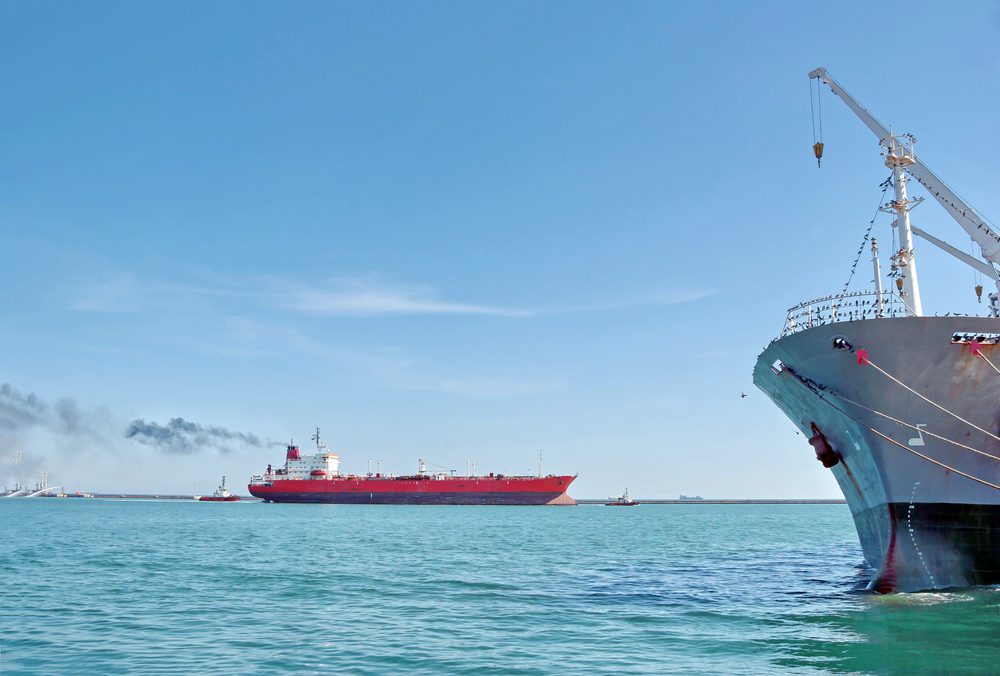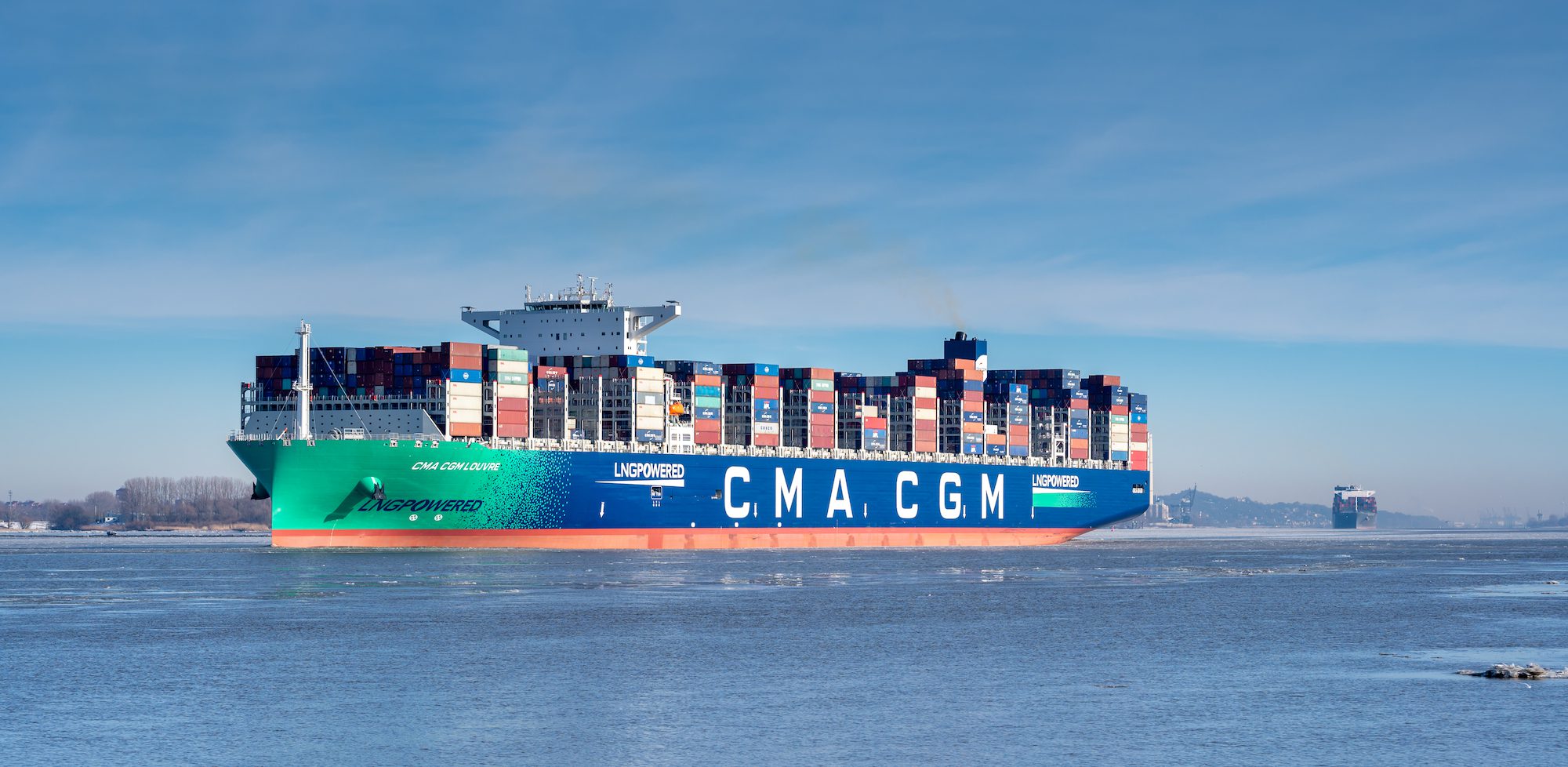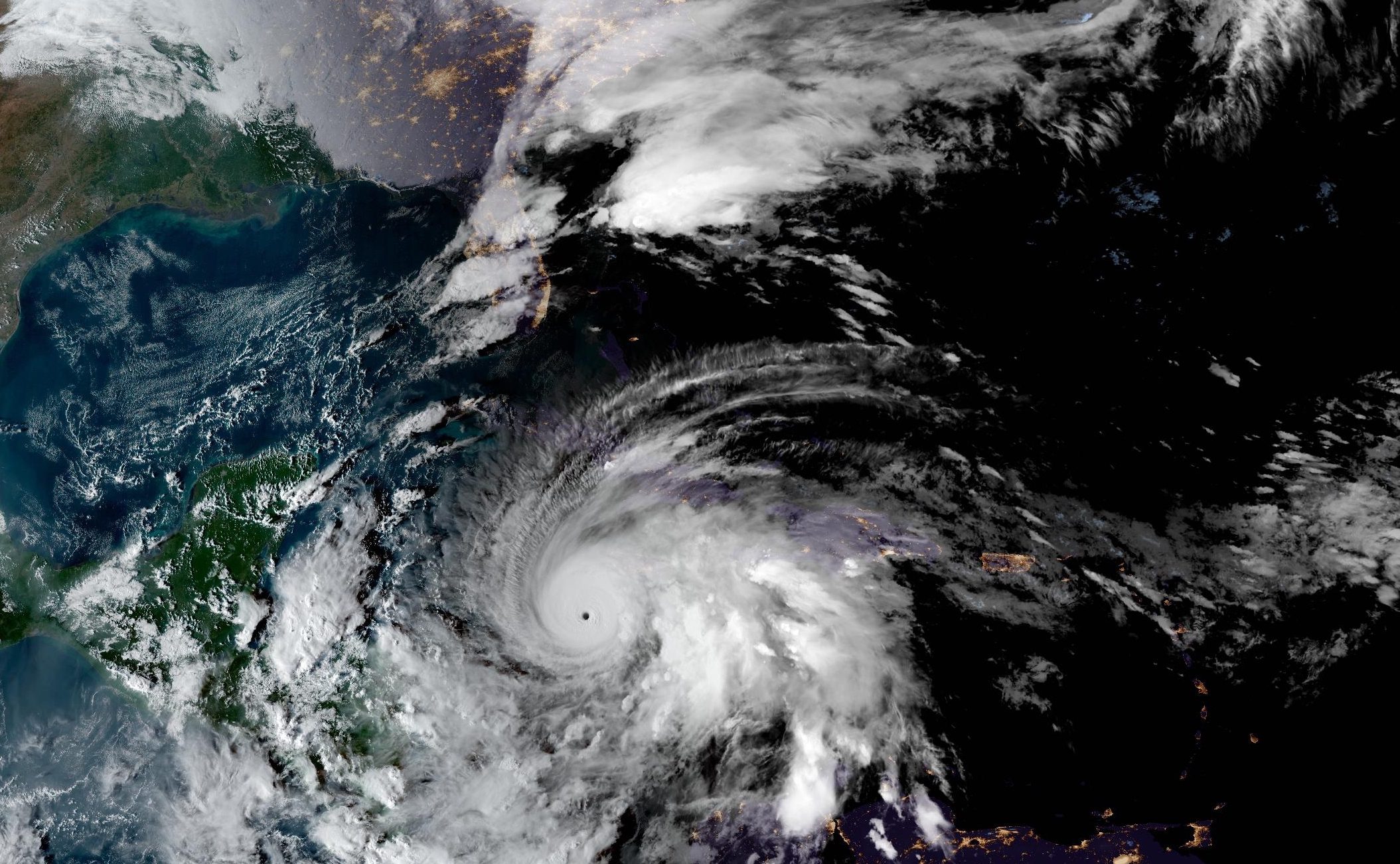(Bloomberg) —
What does going “green” actually mean? For the global shipping industry, it’s a potentially fraught question.
Three-and-a-half years ago, shipping — which carries more than 80% of world trade — underwent a seismic change: the cheap, dirty marine fuel it had long relied on was banned and less-polluting alternatives hit the market. The new rule would slash ships’ sulfur emissions, curbing acid rain and preventing hundreds of thousands of premature deaths thanks to cleaner air.
Yet some scientists have linked that same regulation to warmer ocean temperatures, which can ultimately kill marine life, help melt sea ice and lead to stronger hurricanes. But establishing, and quantifying, cause and effect isn’t always easy when it comes to the climate. There are lots of factors that can impact ocean temperature.
Shipping is far from alone in triggering debate about actions that are supposed to help the planet. The destruction of natural habitats — or replacement of food crops — to grow biofuel feedstock has long been controversial, as have highly questionable carbon offsets for corporate emissions.
In the case of shipping, the industry’s sulfur emissions — while causing health and environmental problems — also have a cooling effect on the climate: they both reflect sunlight and increase the formation of reflective clouds. These concepts were known before the regulation came into force.
Shipping’s pollution-cutting rule reduced the allowable sulfur content of marine fuel from 3.5% to 0.5% (unless a ship had installed a special onboard cleaning unit, known as a scrubber). This would translate to an overall drop of 77% in sulfur oxide emissions from ships. Beginning on January 1 of 2020, it was expected to avert more than half a million premature deaths by 2025 from lung cancer and cardiovascular disease alone. It would also help prevent acid rain and ocean acidification, benefitting crops, forests and aquatic species.
The rule was adopted by shipping’s global regulator, the International Maritime Organization, which currently has 175 member states. Asked how much thought was given to ocean warming, a spokesperson last week said the focus had been “on the health benefits.”
IMO 2020, as the rule became known, potentially added about 0.2C to the North Atlantic region, and likely contributed to record high temperatures, according to Robert Rohde, lead scientist at the nonprofit Berkeley Earth. The regulation’s impact was also raised by Thomas Smith, a scientist at the London School of Economics, who said in an email that “some” warming was an inevitable consequence.
Exceptional warmth this year hasn’t been limited to the North Atlantic. Marine heat waves have hit the Mediterranean Sea this summer. Overall, the global average sea surface temperature — defined as the global extrapolar ocean, from 60°S to 60°N — hit a record high of 20.96C on July 31.
Estimating the impact of ships’ emissions on temperatures in the Atlantic has also been complicated by less Saharan dust as well as the after-effects of “massive Canadian wildfires,” according to an August report from the European Union’s Copernicus.
“There will be, no doubt, long-term impacts from the reduced SO2 emissions,” said Copernicus Atmosphere Monitoring Service deputy director, Richard Engelen. “But it will demand dedicated research to understand the impact of sulfur changes. The changes in dust or black carbon have a more tangible effect in the short term.”
Overall, the global ocean has absorbed a whopping 90% of the warming that’s occurred in recent decades as a result of increasing greenhouse gases. Shipping is responsible for a significant portion of those emissions, pumping out more than a billion tons in 2018.
Last month, the IMO set new reduction goals, including hitting net-zero greenhouse gas emissions “by or around” 2050. It’s also working on rules to change shippers’ behavior. The European Union, meanwhile, is including shipping in its emissions trading scheme starting next year.
The IMO’s 2020 sulfur rule isn’t the only “green” part of the shipping industry that’s generated debate. Some vessels are now running on liquified natural gas. While this does release less CO2, it also emits methane, a major contributor to global warming.
Ultimately, as shipping inches toward net zero, future debates about the work of the IMO and others probably won’t focus on whether or not a new rule counts as truly “green.” The question will more likely be: Is it “green” enough?
© 2023 Bloomberg L.P.

 Join The Club
Join The Club











